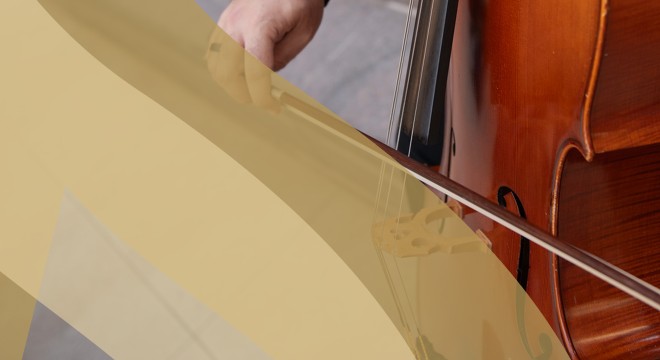Antonín Dvořák, 1841-1904
Czech Suite, premiered May 16, 1879
Duration: 22 minutes
Antonín Dvořák was born near Prague as the eldest son of a butcher and it was expected he would continue in the family business. However, he was always interested in music and, at age 16, persuaded his father to enroll him in a conservatory. This led to jobs which barely sustained him. He always wrote music, though, and eventually was recognized as a skilled composer. Brahms heard some of his early works and was most encouraging, even finding him a publisher.
During the 19th century, musical nationalism became prominent, with composers like Liszt, Brahms, and Smetana incorporating the folk styles and traditions of their homelands into classical forms. Dvořák wrote a piano piece, Slavonic Dances, which, when transcribed for orchestra, became an immediate success.
The Czech Suite, written in the late 1870s, is a collection of Czech/Bohemian themes in five sections which flow into one another. The first, Preludio, is elegiac, conjuring up fields and the countryside, including bird songs. The next two sections, Polka and Sousedaka, contrast in nature with the first in duple meter (as in a polka) and the next in triple meter (as in a minuet). In the fourth, Romanza, he employs winds and the occasional brass, leading to a return to the rural aura. Furiant is the final section, when the brass and timpani join in a raucous duple to triple meter flight of rhythm and intensity. The piece is a lovely capture of the sounds and character of Bohemia.
As Norman Lloyd writes, “Like Schubert, he tends to weave back and forth between major and minor keys. His music is seldom complicated in rhythm or texture, being primarily songlike.” Along with this lyrical quality, he brings a vivid sense of national identity to his work—capturing the essence of the Czech spirit with clarity and warmth.
Program notes by Andrew Good







